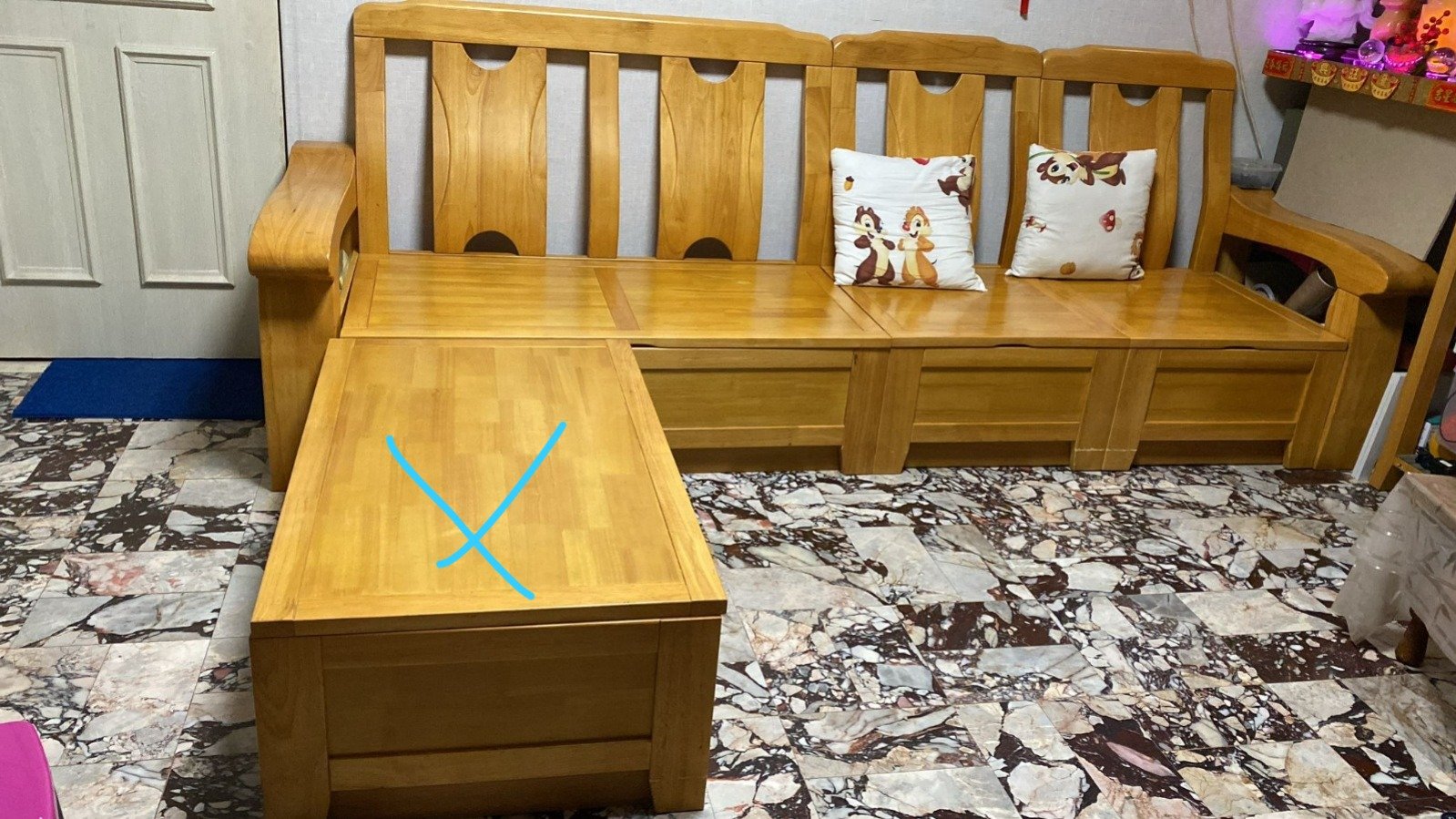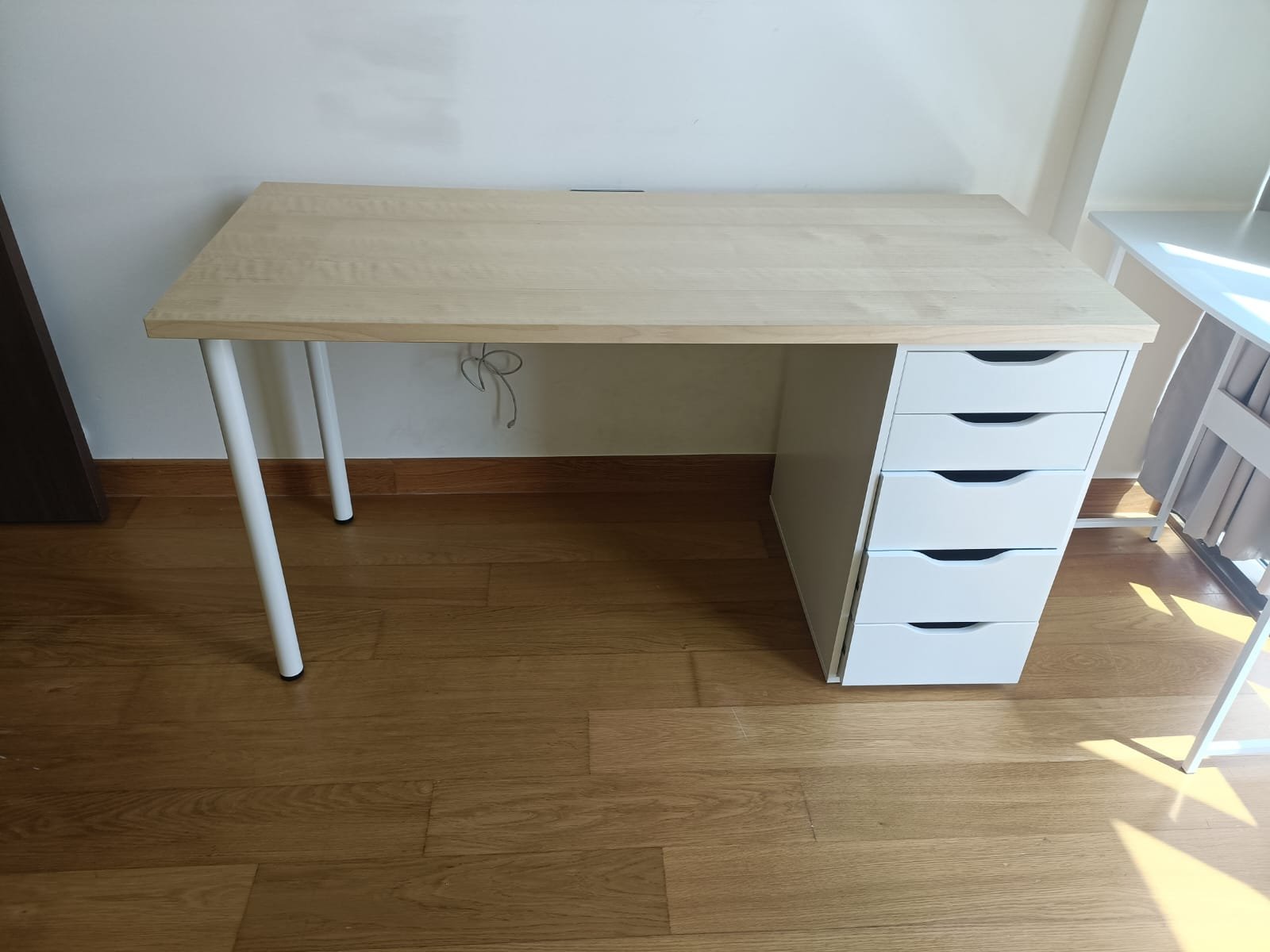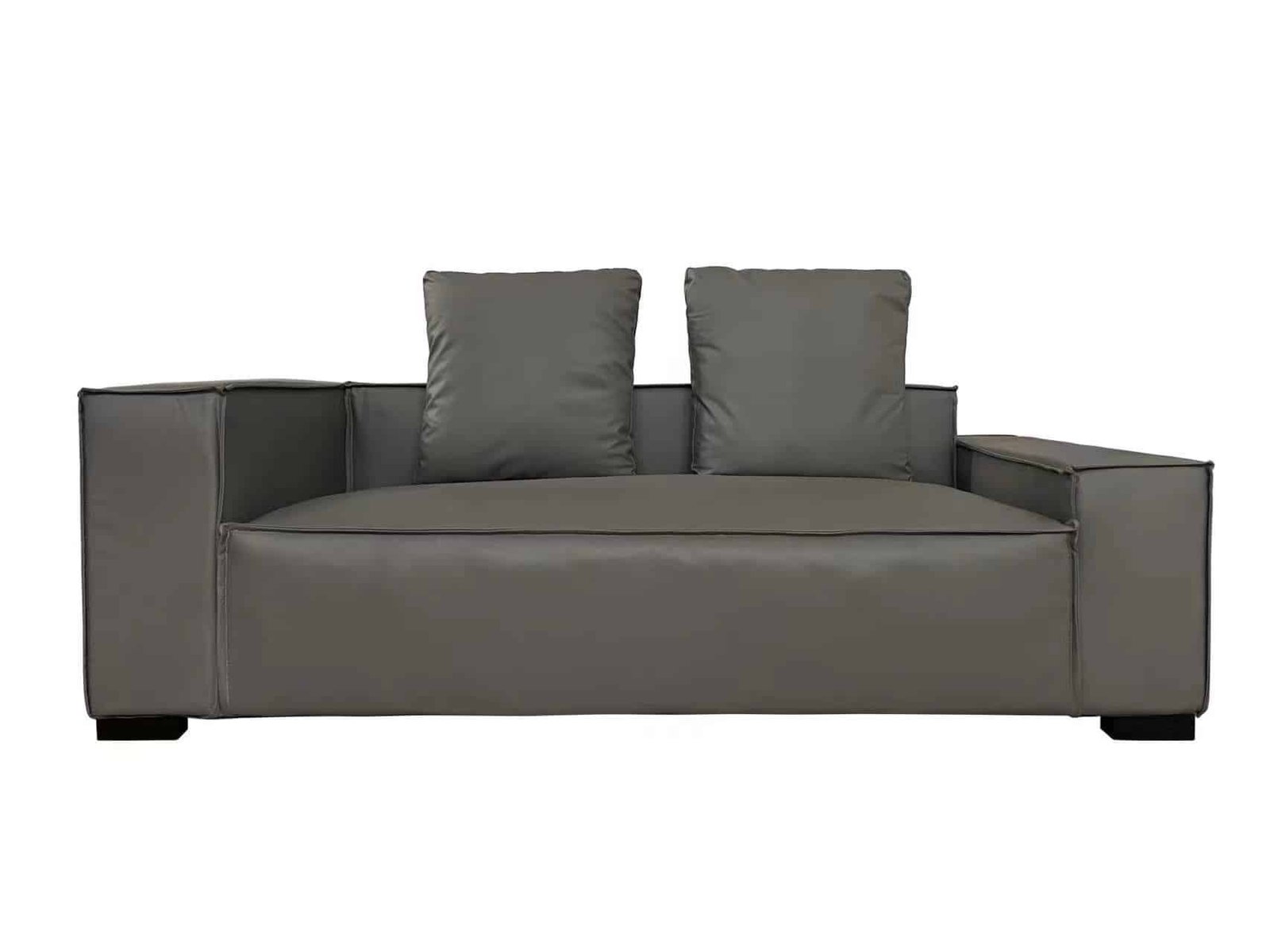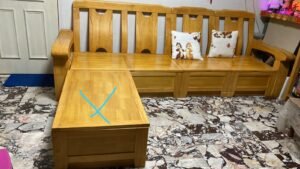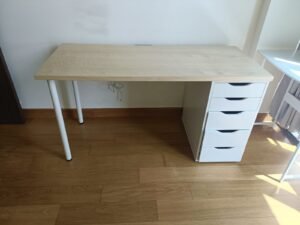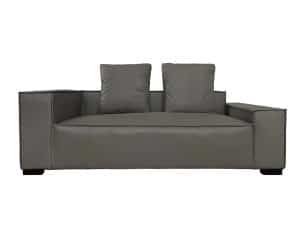How to Inspect Used Furniture: Simple Tips for Smart Buyers
When it comes to buying pre-loved furniture, knowing to inspect used furniture can save us from disappointment—and wasted money. It’s not just about finding something that fits your style; it’s about making sure the piece is worth your investment. Let’s dive into practical tips that will help us shop with confidence and make the most of every find. Thinking about incorporating sustainable practices into your home? While inspecting used furniture for scratches, dents, or structural issues, consider how eco-friendly materials could elevate your space.
Why Inspecting Used Furniture Is So Important
Buying second-hand furniture is a great way to save money and find unique pieces, but there’s always a bit of a gamble. If we’re not careful, we might end up with a wobbly chair or a sofa full of hidden stains. A thorough inspection ensures we’re getting value for our money and a piece that will last.
Steps to Inspect Used Furniture
1. Check the Structure
The first thing we should do how to inspect used furniture is examine the furniture’s frame or base. For wooden furniture, look for cracks, warping, or signs of termites. If it’s a chair or table, test its stability by applying a bit of pressure to see if it wobbles.
2. Examine the Upholstery
If the piece has fabric or cushioning, inspect it closely for stains, tears, or odors. Sometimes, a quick sniff test can tell us a lot about how the item was stored. Upholstery repairs can be costly, so it’s important to assess whether it’s worth the effort.
3. Look for Repairs or Modifications
Many used items may have undergone repairs, which isn’t necessarily a bad thing. However, we should check the quality of those fixes. For instance, poorly applied glue or uneven paint might indicate shortcuts that compromise durability.
4. Inspect for Hidden Damage
Flip furniture upside down or check underneath to look for hidden issues. This is where cracks, loose screws, or pest infestations often hide. It’s a step many of us how to inspect used furniture might overlook but could make all the difference.
Materials Matter: How to Assess Durability
Wood
Solid wood is generally more durable than particleboard or veneers. If we spot furniture made of hardwood like oak or maple, it’s likely to last longer.
Metal
Metal furniture should be free of rust or corrosion. A quick wipe with a cloth can reveal if there are any hidden spots that might need attention.
Fabric
For upholstered items, natural fabrics like cotton or linen are easier to clean and maintain. Synthetic materials may wear out faster, so it’s worth considering the type of fabric used.
Where to Inspect Furniture
Thrift Stores
Most thrift stores allow us to thoroughly inspect items before purchase. Lighting in these places might not be ideal, so using our phone’s flashlight can help us see every detail.
Online Marketplaces
For online purchases, ask the seller for detailed photos and descriptions. Don’t hesitate to request close-ups of specific areas, like the legs of a table or the seams of a couch.
Garage Sales
Garage sales are great for scoring deals, but they’re also where quick decisions can lead to regrets. Take your time to check each piece carefully, even if the price seems too good to pass up.
Common Mistakes When Inspecting Used Furniture
Rushing the Process
We’ve all been there—falling in love with a piece at first sight. But rushing to buy without a proper inspection can lead to regrets later. It’s better to how to inspect used furniture for issues than to end up with a faulty item.
Ignoring the Smell Test
This might sound odd, but smells can tell us a lot about an item’s history. Mold, smoke, or pet odors can be incredibly hard to remove and may linger despite cleaning efforts.
Skipping the Test
If it’s something functional, like a chair or a drawer, always test it out. Sit on the chair, open and close the drawers, and ensure everything works as expected.
Tips to Make Inspection Easier
- Bring Tools: Having a small flashlight and measuring tape in our bag can make the inspection process smoother.
- Dress Comfortably: Inspecting furniture sometimes means crouching or lifting, so wearing comfortable clothes can make the process easier.
- Ask Questions: If we’re buying from a seller, it’s okay to ask about the item’s history—how old it is, where it was used, and why they’re selling it.
The Joy of Finding a Perfect Piece
There’s something incredibly satisfying about discovering a piece of furniture that fits both our needs and budget. By taking the time to inspect thoroughly, we’re not just buying furniture; we’re investing in something that will enhance our home for years to come.
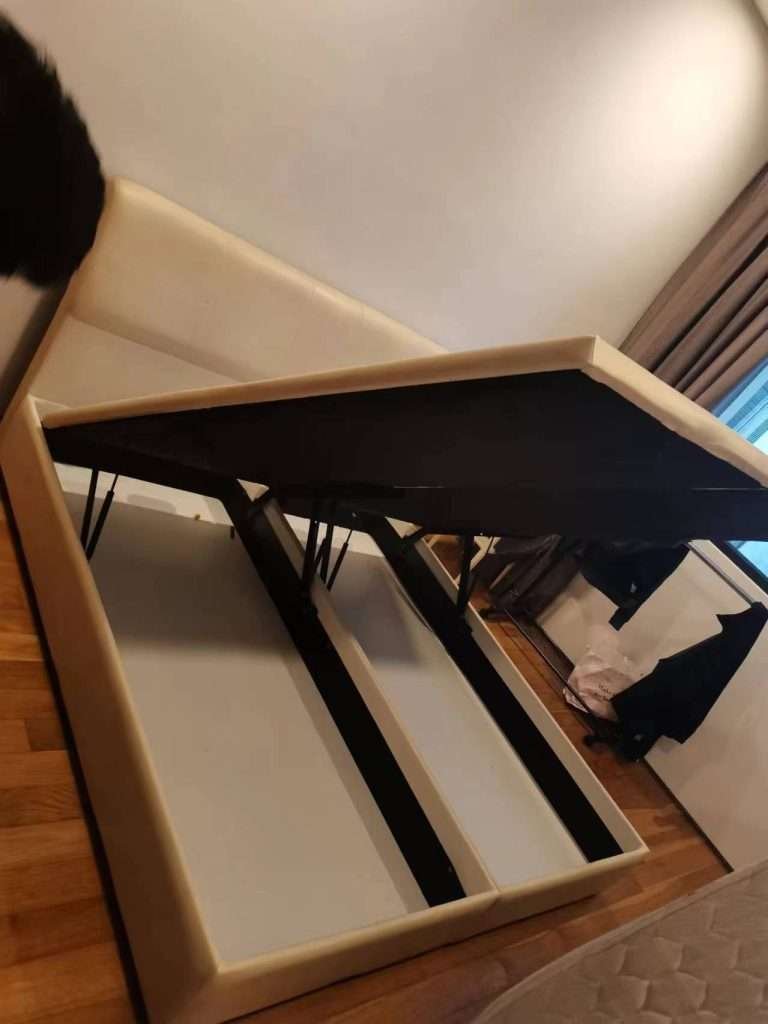
Ready to Shop Smart?
If you’re looking for quality second-hand furniture and want to skip the hassle of uncertain purchases, check out Second Chance Furniture. Their carefully curated collection makes it easy to find pre-loved treasures you can trust. Let’s make every piece count!


